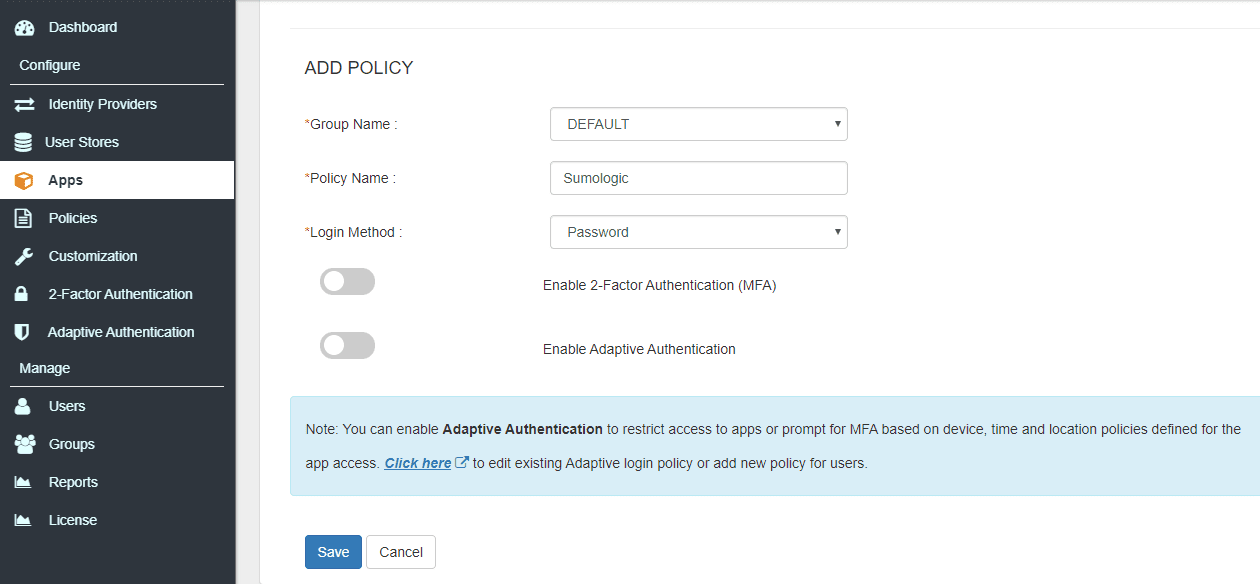
This causes results to be returned with numbers as the _sourceCategory values. There is a known issue when searching against _sourceCategory values where scheduled views show up blank. Sumo Logic provides an application that utilizes the data volume index to see your account's volume usage as a glance. To see the data created within the data volume index, when you search, specify the _index metadata field with a value of sumologic_volume. For more information, see Search Metadata. You can query the data volume index just like any other message using the Sumo Logic search page. Your data volume is calculated based on when your logs were received, in Sumo this timestamp is stored with the _receiptTime metadata field. Each log message includes information based on one of the following index source categories. Next, well convert the IP addresses that are in a decimal format to the standard IP address using octets. The messages contain information on how much data (by bytes and messages count) your account is ingesting. So in cases where you have 10 digit epoch timestamps, you will need to convert it to 13 digits by multiplying your current value by 1000.The data volume index is populated with a set of log messages every five minutes. Timeslice also supports creating a fixed-target number of buckets, for example, 150 buckets over the last 60 minutes. Sumo Logic further needs a 13 digit epoch timestamp for the formatDate operator. The timeslice operator aggregates data by time period, so you can create bucketed results based on a fixed interval (for example, five-minute buckets). Something like: sourceCategorymyService json fieldraw 'log.Log' as logmessage json fieldraw 'log.Barcode' as logBarcode json fieldraw 'log.

Then apply the timeslice and aggregate on the fields and calcuate the ratio. | formatDate(toLong(mindate), "MM-dd-yyyy HH:mm:ss") as myDate You'd have to tag the successes versus failures before applying a timeslice using an if statement. To address this we will need to add a conversion operation within the formatDate to convert the returned epoch to a long value. No definition found for function formatDate(Double, String). This may lead to the following error being displayed with your query. timeslice 5m count by status, path, timeslice transpose row timeslice column path, status. This is because when you run these aggregate functions, the return value gets reformatted as a double which the formatDate function cannot read. Graphs count (status, path, timeslice) with the X axis timeslice and Y axis count, with one line per unique (status, path).
#Formatting timeslice sumologic plus
INTERVAL use plus and minus signs to add time to a date. DATESUB () subtract an amount of time from a date. DATEADD () add an amount of time to a date. However, in the case where you are first using an aggregate operation on an epoch such as Min, Max Avg, you may also need to convert the return value to a "long" value using the toLong function. This kind of function is useful for calculating rolling widows, like filtering your data for every record in the past 7 days or the past year.

To convert the epoch time into a date formatted string, you can put the first two functions together, like this: * | formatDate(_messagetime, "MM-dd-yyyy HH:mm:ss") as myDate


#Formatting timeslice sumologic how to
At these monthly live events you will learn how to capitalize on critical capabilities that can amplify your log analytics and monitoring experience while providing you with meaningful business and IT insights. Sumo Logic provides the formatDateoperator to assist with converting epoch to readable dates using the Java SimpleDateFormat. Sumo Logic provides the following operations for converting and formatting timestamps, which can be used to return the week number for a given timestamp. QuickStart your Sumo Logic service with this exclusive webinar.


 0 kommentar(er)
0 kommentar(er)
